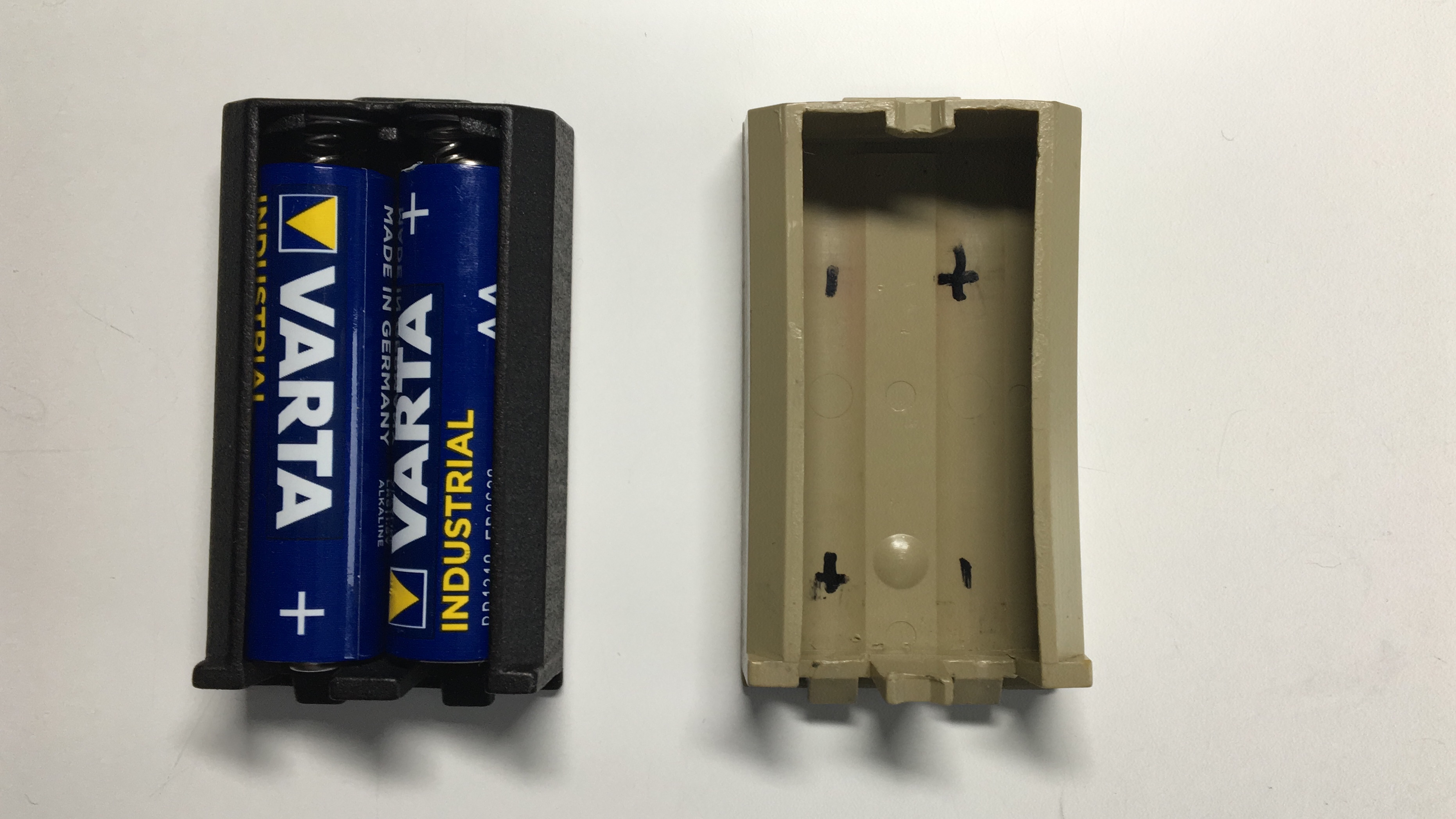Calculator Types Calculator blog Posts on topic: woodstock
Calculator blog
Musings and comments about our common interest
Panamatik.de
The other day I posted about Teenix- an Australian company that provides a comprehensive solution for repairing HP "Classic" calculators.
Today I'd like to talk about Panamatik - a German company that does the same, and more, on the Woodstock family of HP calculators. They provide a circuit that emulates all hp2x units - including the powerful hp25, even solving the typical screen cathode issue (which, as far as I know, is not tackled by the Teenix circuit)
What's more, there are additional features on tap, and some interesting additions, like GPS localization. Just imagine: GPS localization on a hp25 calculator!
There is a module for repair the act chip that is also in other classic units - including the hp67 family. This was not covered, as far as I know, by the Teenix solution.
In addition to all this, there are also fantastic emulators for many HP calculators, and also a detailed "debugger" for said units, that allows you to see all the registers and states of the processor.
I'll return to Panamatik when I have installed a module and report on that.
Here USC a link to the Panamatik website:
Woodstock battery bay
 Now we have two battery holders: one for the HP41 family and another for the woodstock family. However, the one for the woodstock family is different. The HP41c always had battery holders that could work with separate batteries (type N - never put A24 types or you will destroy your unit! I have received many with this problem), apart from the accu-pack that HP marketed; but the Woodstock family, as far as I know, used a battery pack only - there was no way to use normal batteries - unless you performed surgery in your pack. So ours is an easy way to stop using the original pack and use cheap, commonplace AA batteries.
Now we have two battery holders: one for the HP41 family and another for the woodstock family. However, the one for the woodstock family is different. The HP41c always had battery holders that could work with separate batteries (type N - never put A24 types or you will destroy your unit! I have received many with this problem), apart from the accu-pack that HP marketed; but the Woodstock family, as far as I know, used a battery pack only - there was no way to use normal batteries - unless you performed surgery in your pack. So ours is an easy way to stop using the original pack and use cheap, commonplace AA batteries.
For the sake of making things safe, we printed the + and - sign on the pack, so that you know what should be the polarity of the battieries inserted. These come in an out quite easily due to the elasticity of the polymer at this particular thickness. It took us several different thickess 3D-prints until we found that point.
The only thing that I sorely miss is the beige color. When we designed the part, there was beige as an option - but it was taken out of the options when it was time to start the tests. Damn!



